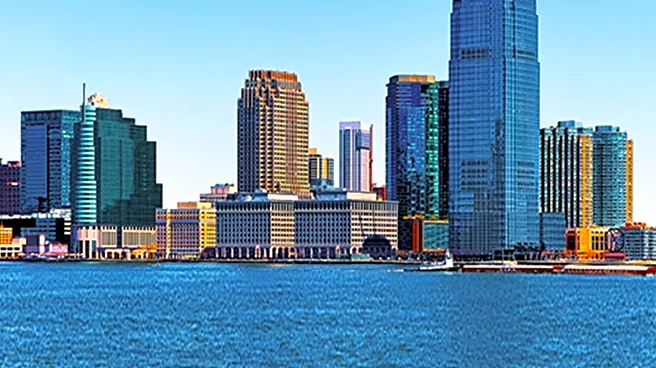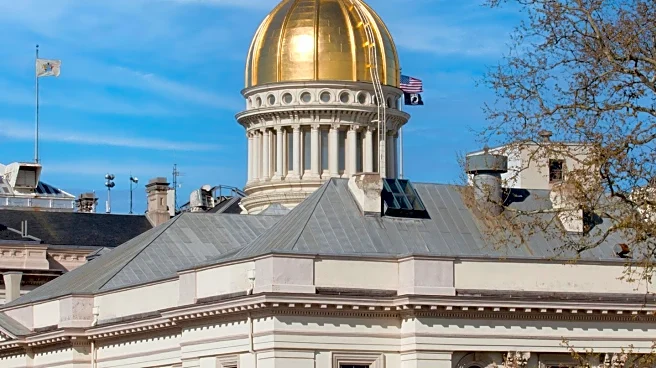What's Happening?
A new list compiled by GOBankingRates has identified the 50 richest and safest cities in the United States, with a notable absence of New York cities. The list was created by analyzing factors such as household mean income, average home prices, cost of living, property crime rates, and violent crime rates. Western Springs, Illinois, a suburb of Greater Chicago, was named the richest and safest city, boasting a mean household income of $294,896 and low crime rates. New Jersey performed exceptionally well, with seven cities making the list, including Ridgewood, Westfield, and Madison. These cities are characterized by high household incomes and relatively low crime rates, making them attractive places to live.
Why It's Important?
The findings highlight the economic and safety disparities between different regions in the U.S., with New Jersey emerging as a significant player in terms of affluent and secure living environments. This could influence real estate trends, as individuals and families may seek to relocate to these areas for better quality of life. The absence of New York cities from the list may prompt discussions about the challenges facing urban centers, such as high living costs and crime rates. The data could also impact local policies as cities strive to improve their rankings by addressing economic and safety issues.
What's Next?
As these rankings gain attention, cities not featured on the list may take steps to improve their standings by investing in community safety and economic development. Real estate markets in the highlighted cities might experience increased demand, potentially driving up property values further. Policymakers in other regions could analyze the factors contributing to the success of these cities and implement similar strategies to enhance their own economic and safety profiles.
Beyond the Headlines
The list underscores the importance of balancing economic prosperity with safety to create desirable living conditions. It also raises questions about the sustainability of such prosperity and whether these cities can maintain their status amid changing economic conditions. Additionally, the focus on suburban areas suggests a shift in living preferences, possibly accelerated by remote work trends, as people seek more space and safety outside urban centers.












